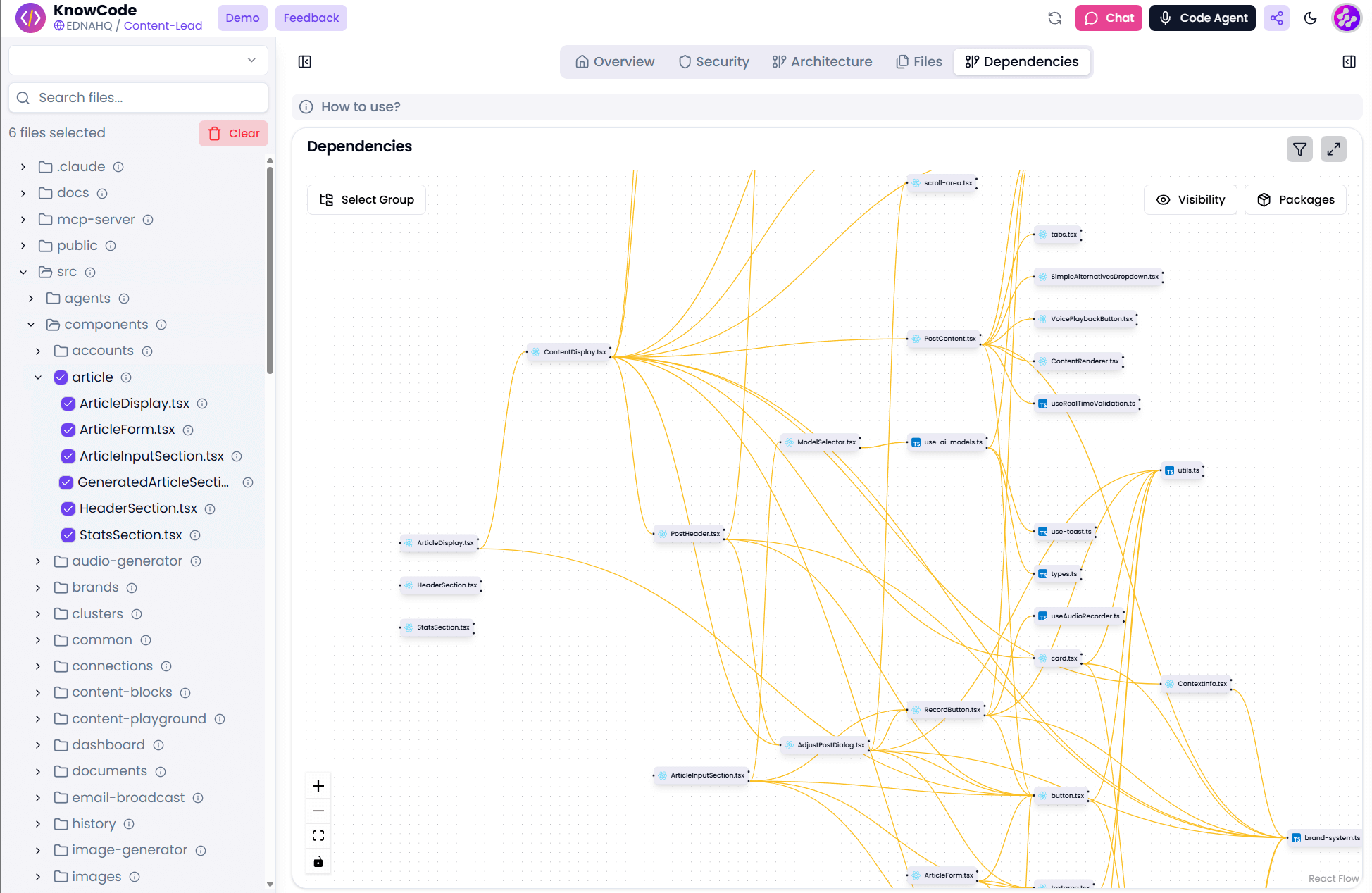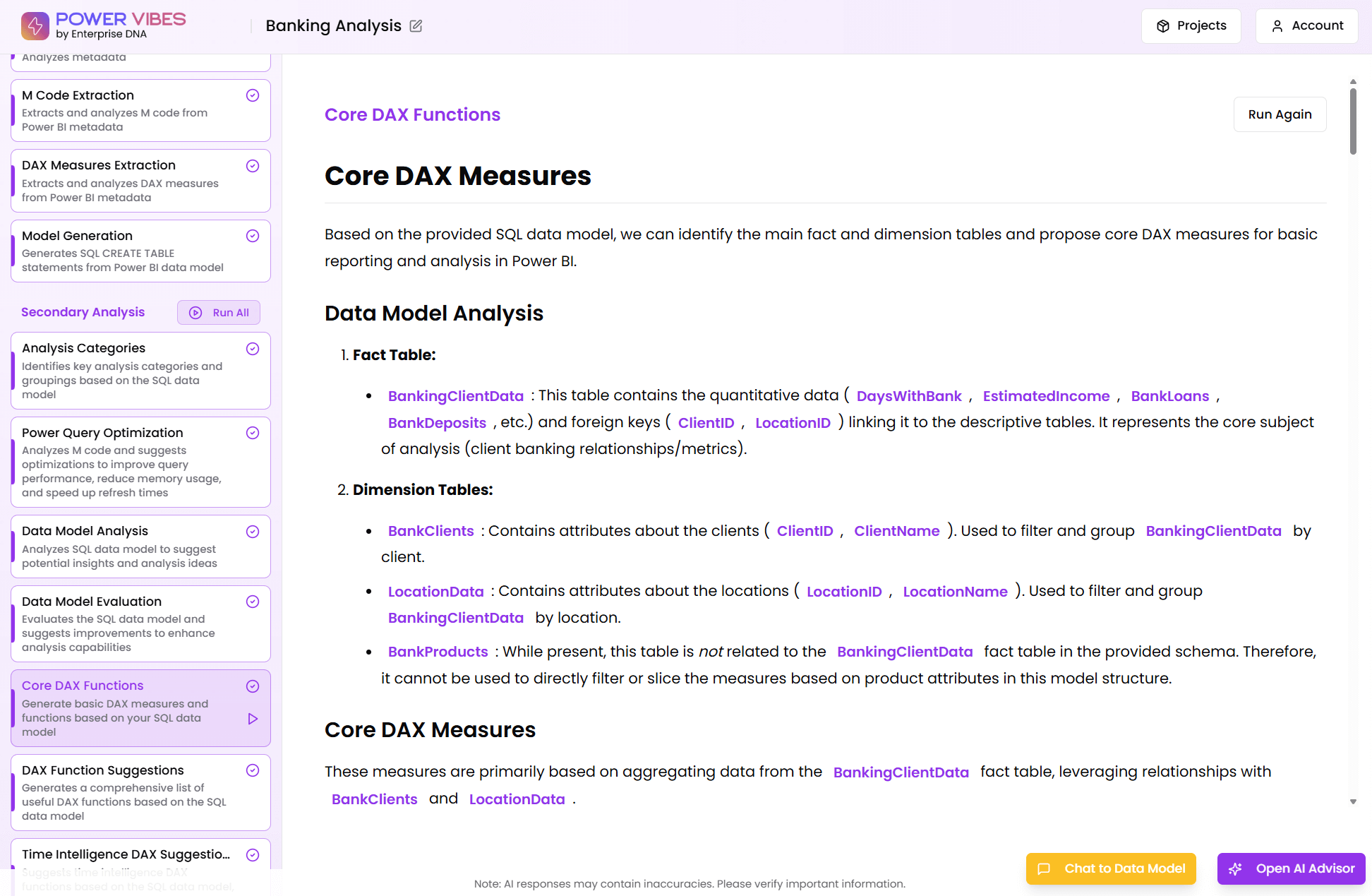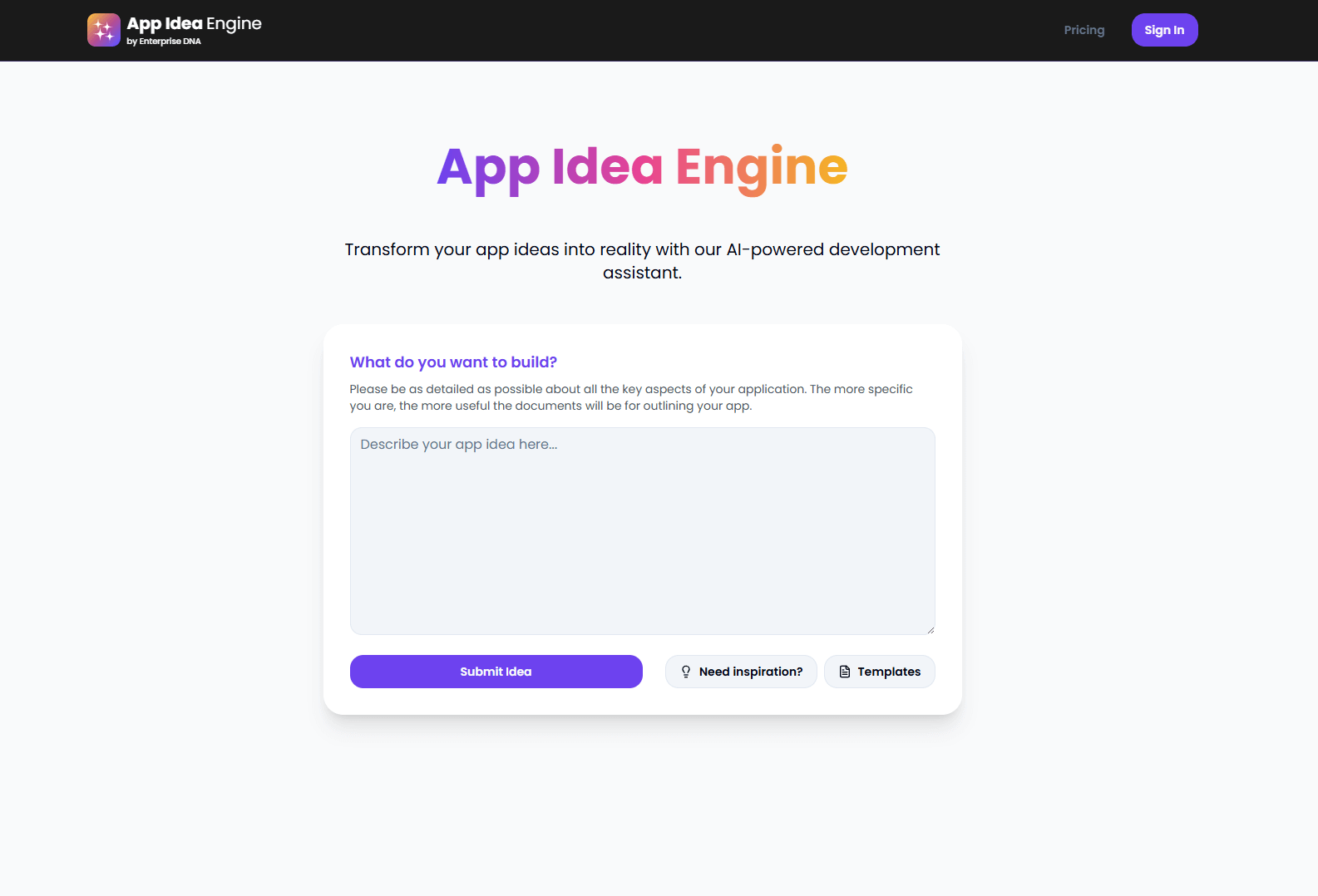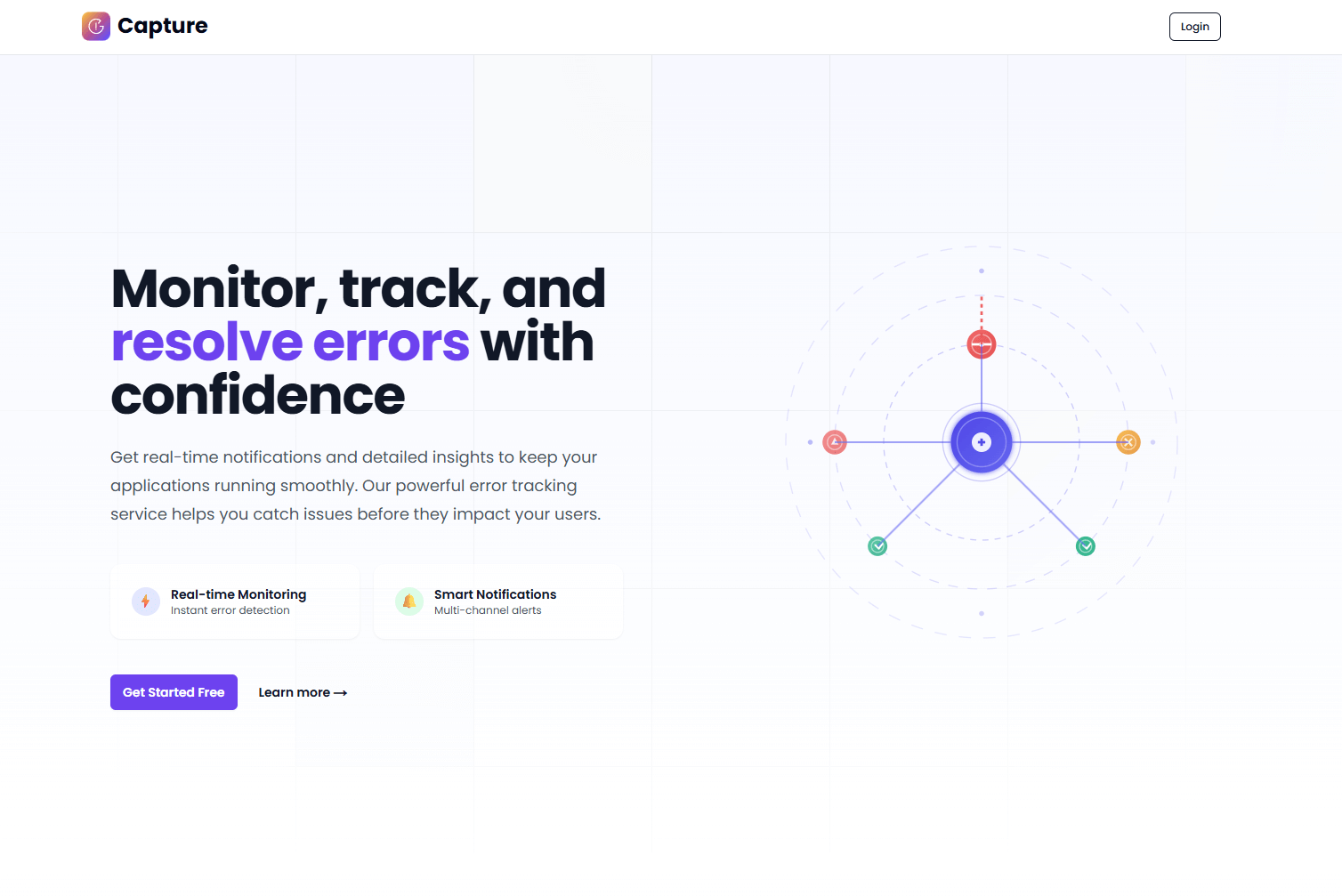DAX Function Guide
CLOSINGBALANCEYEAR
Sam McKay
CEO & Founder
How does the CLOSINGBALANCEYEAR work?
CLOSINGBALANCEYEAR Formula Syntax
CLOSINGBALANCEYEAR(
<expression>,<dates>[,<filter>][,<year_end_date>]
)
How do you use the CLOSINGBALANCEYEAR?
This function is frequently used in inventory and balance calculations, where you want to calculate the closing balances year wise.
Related Blog Posts
Loading
Considerations when using the CLOSINGBALANCEYEAR?
The dates parameter can be a reference to a date/time column, a table expression that returns a single column of date/time values, or a Boolean expression that defines a single-column table of date/time values.
Related Video Tutorials
Loading
Formula examples using the CLOSINGBALANCEYEAR
=CLOSINGBALANCEYEAR(SUMX(ProductInventory,ProductInventory[UnitCost]*ProductInventory[UnitsBalance]),DateTime[DateKey])
=CLOSINGBALANCEYEAR(Sum(Sales[Quantity]), Sales[OrderDate])
=CLOSINGBALANCEYEAR( COUNT (CRASH_DATA_T[CASE_NUMBER]), Calc_Date_T[CRASH_DATE])
Related Courses
Loading










